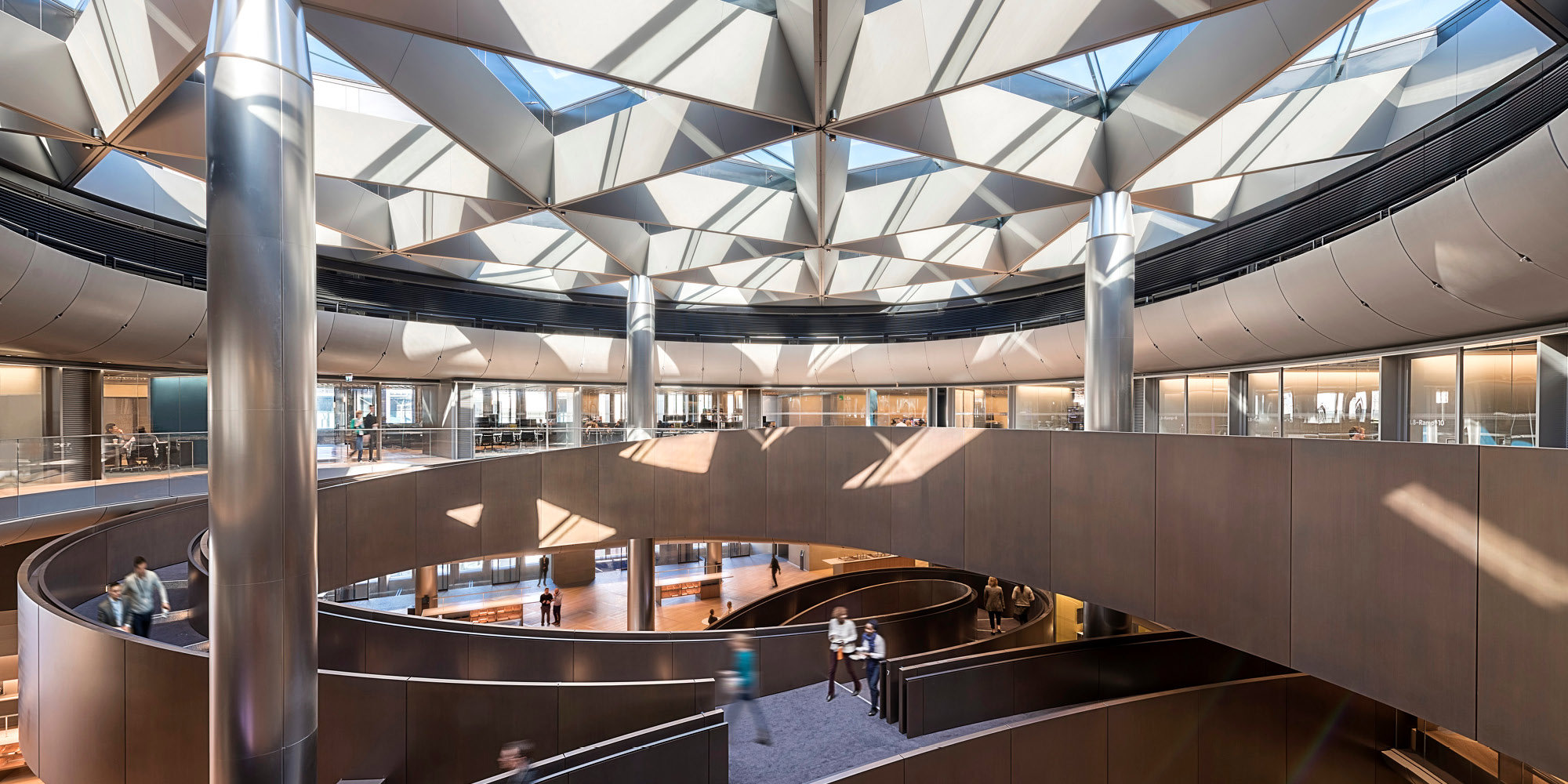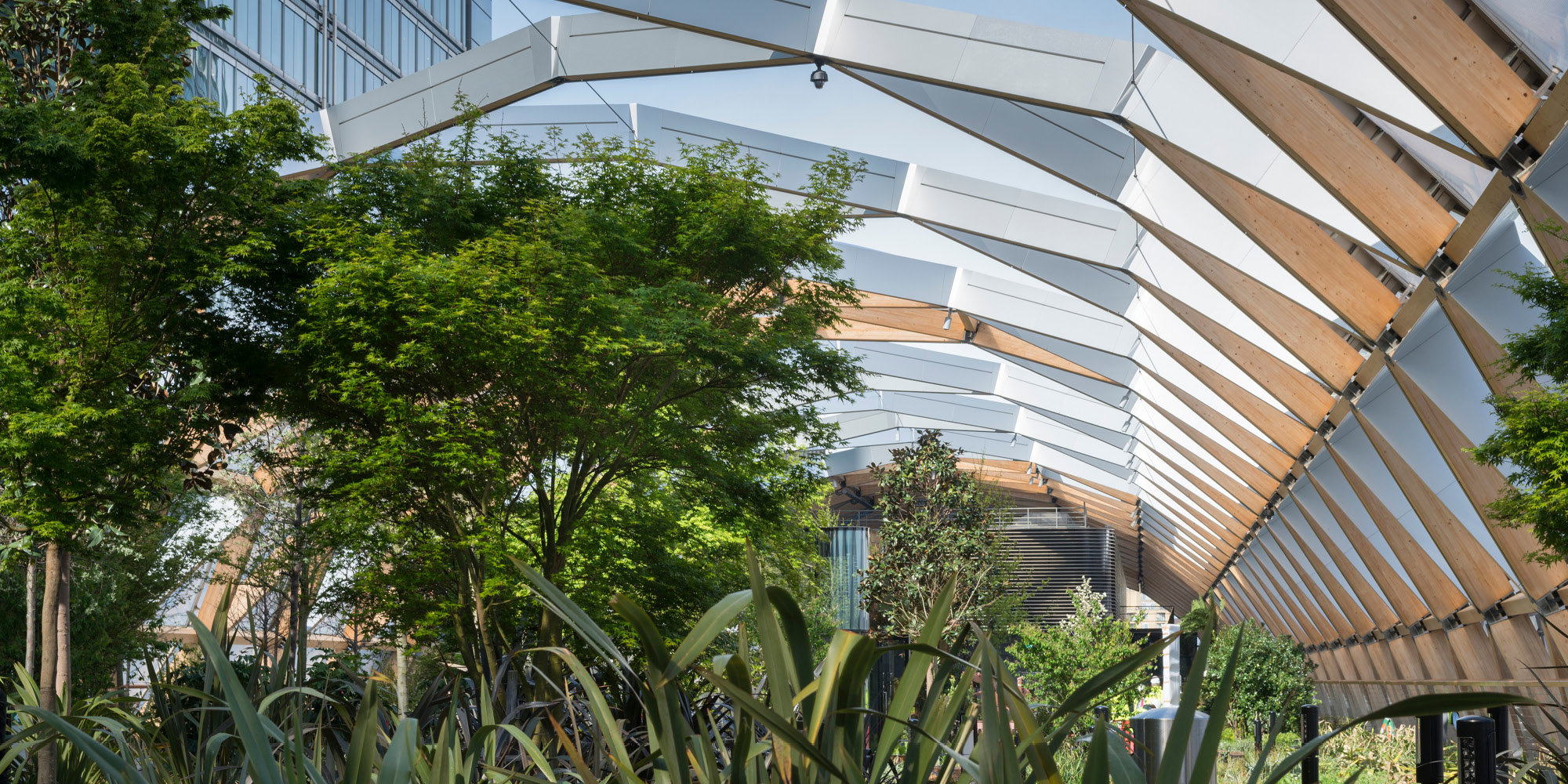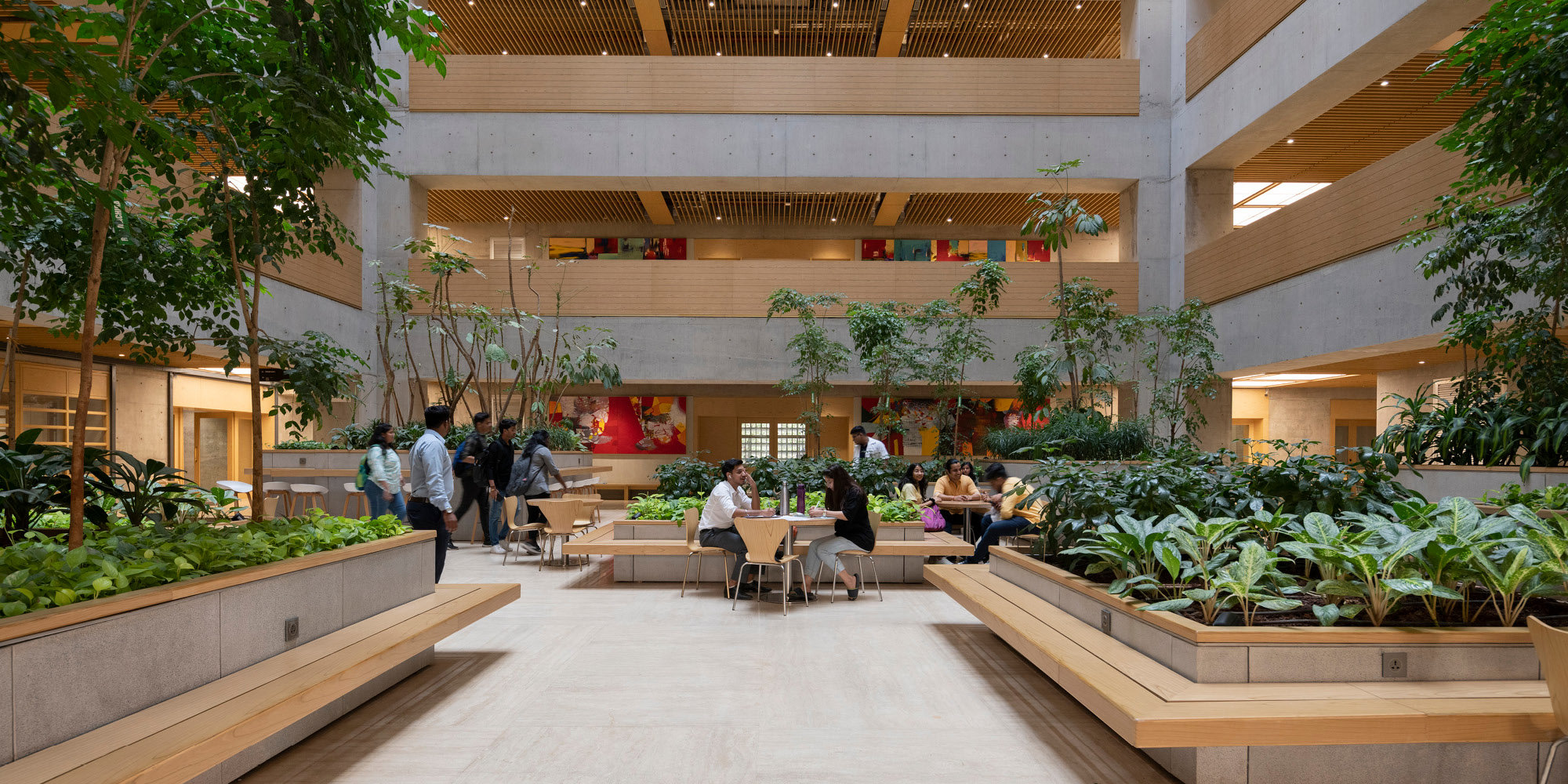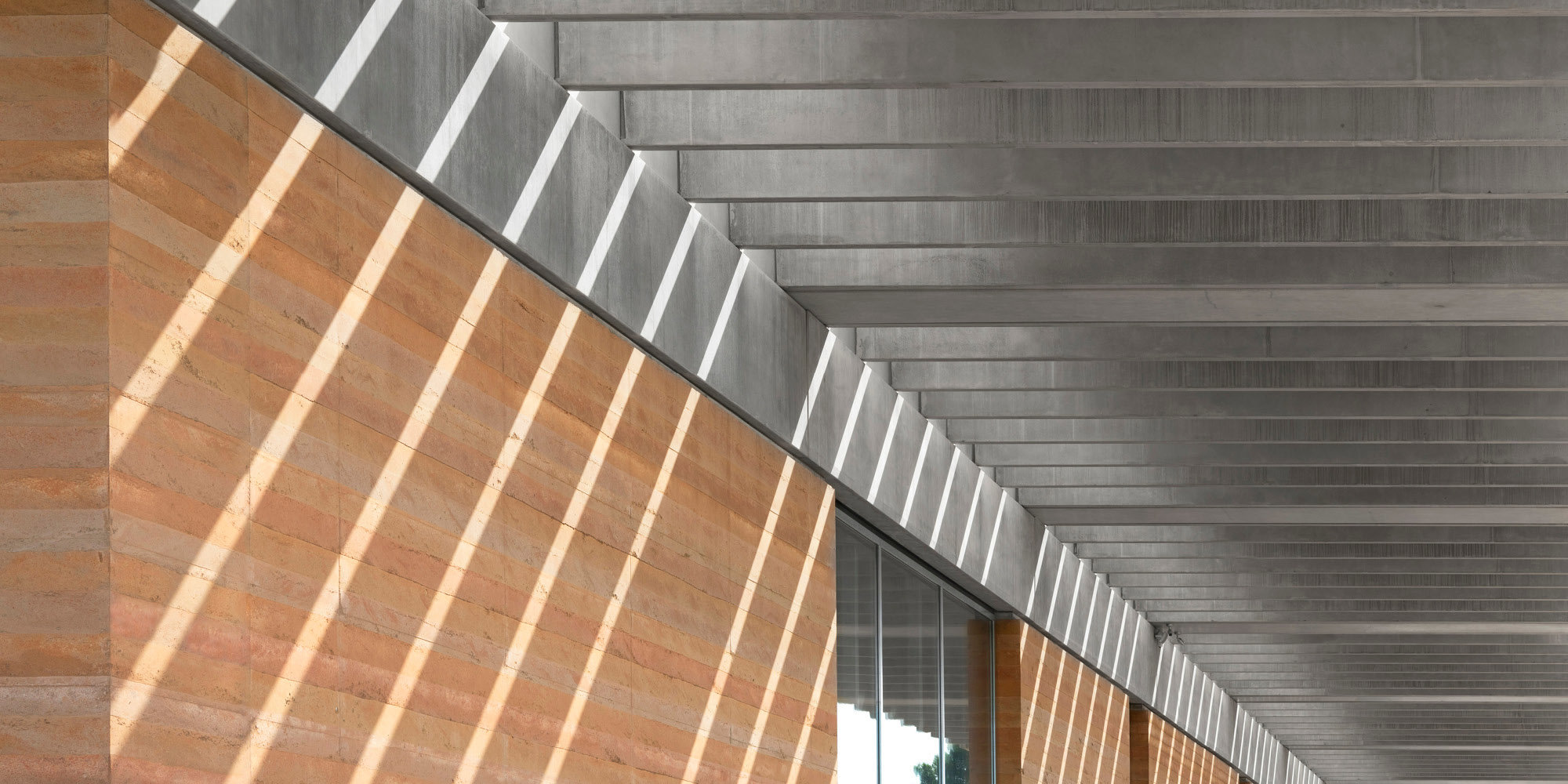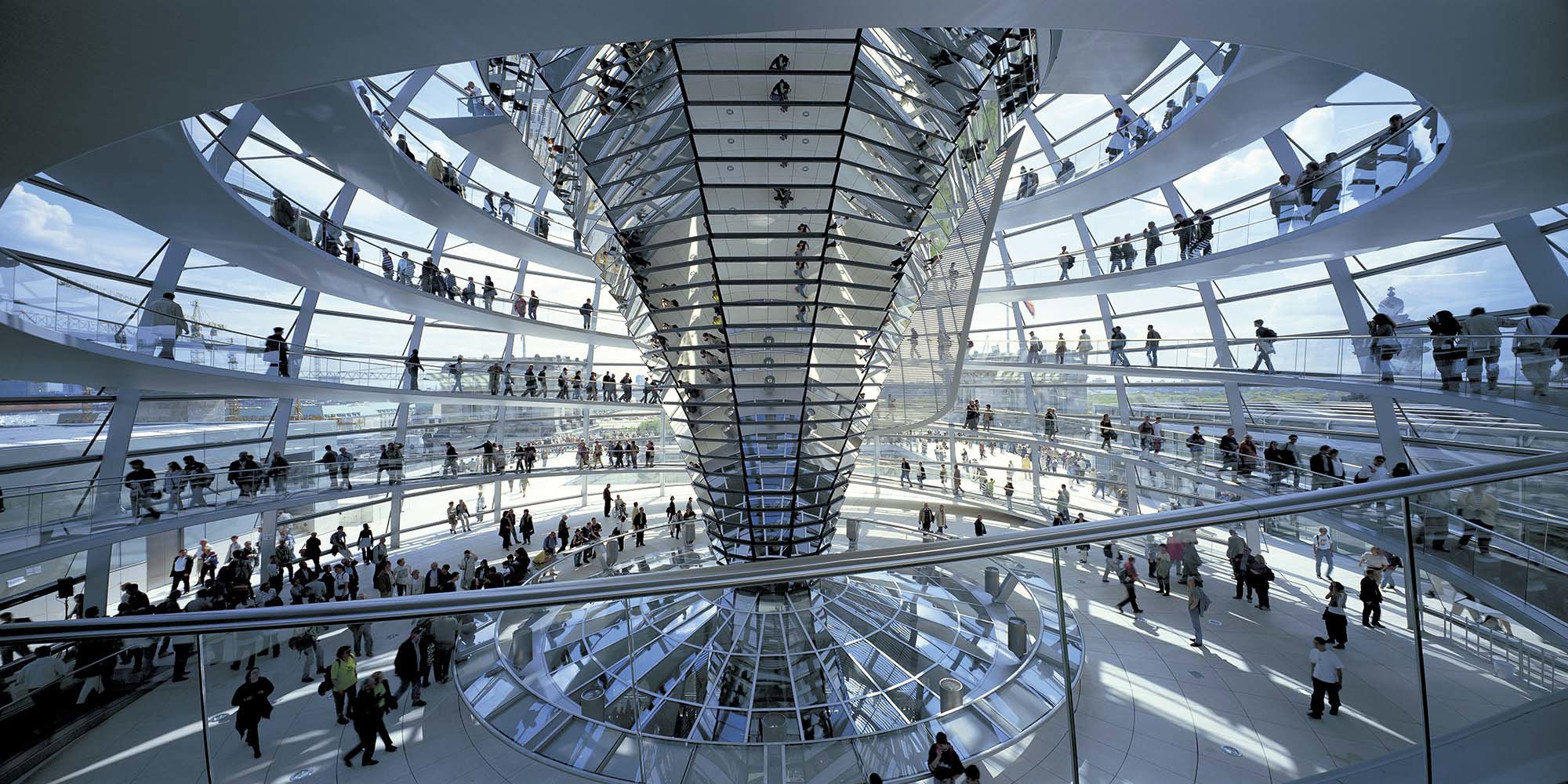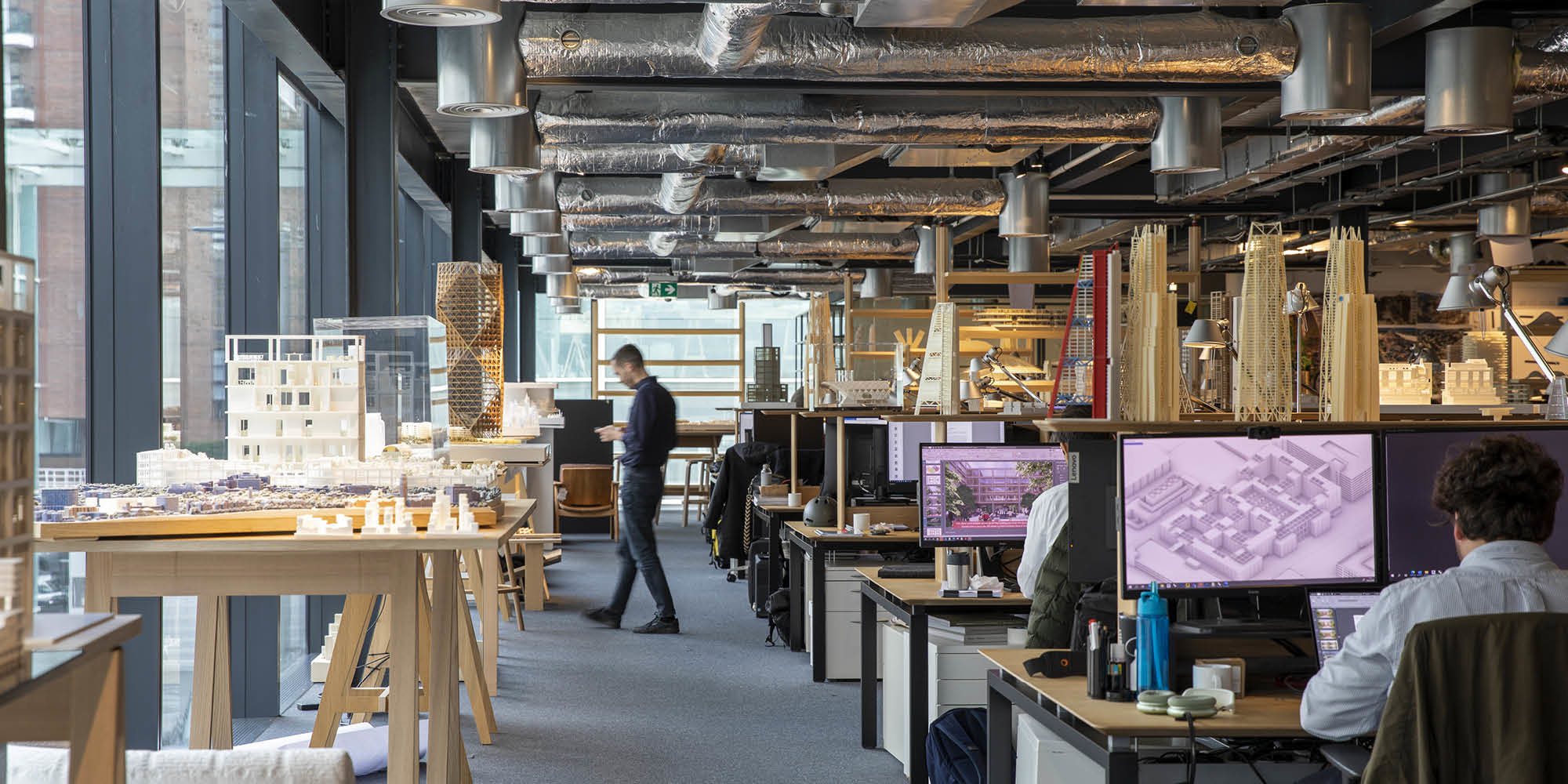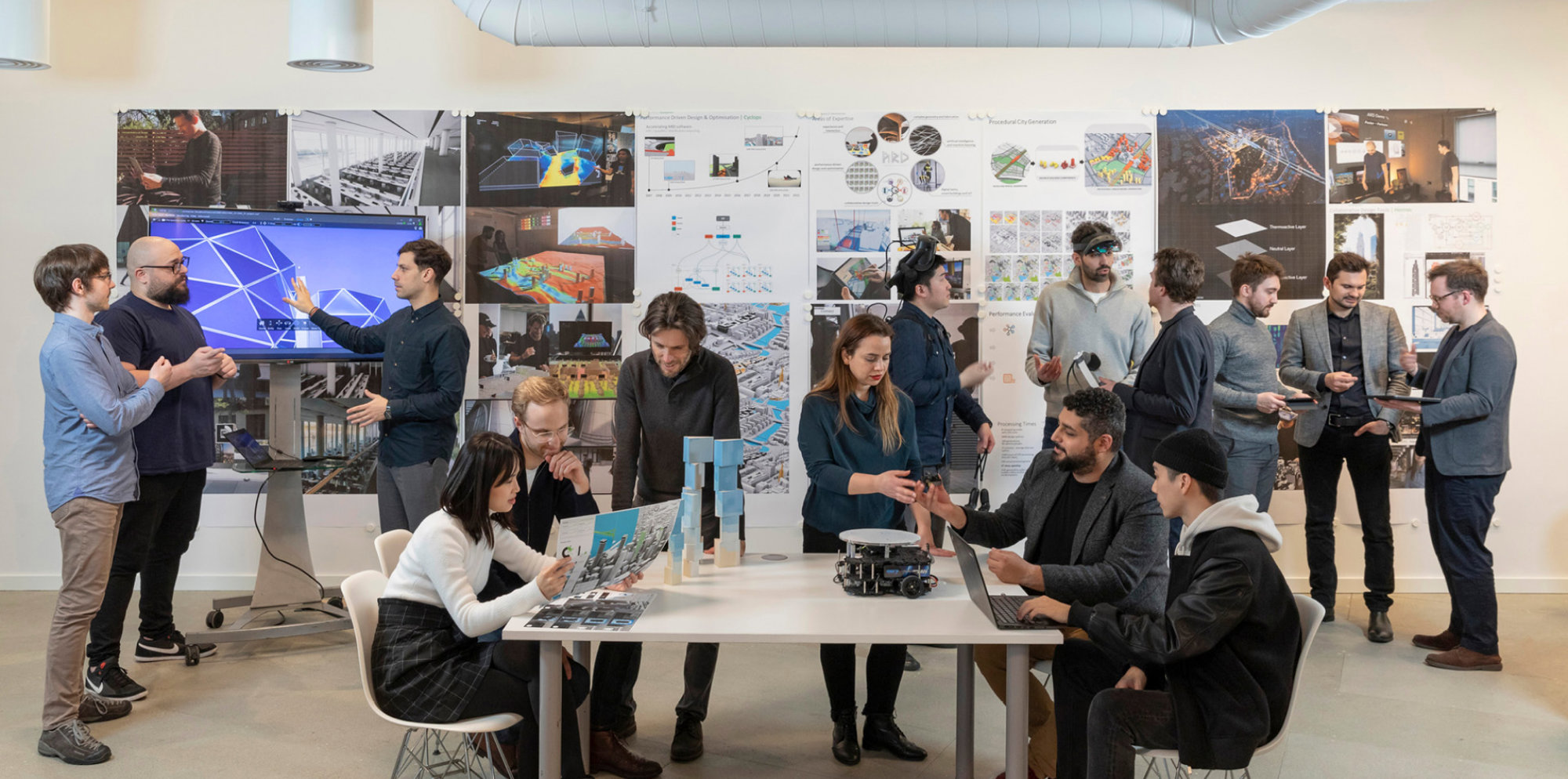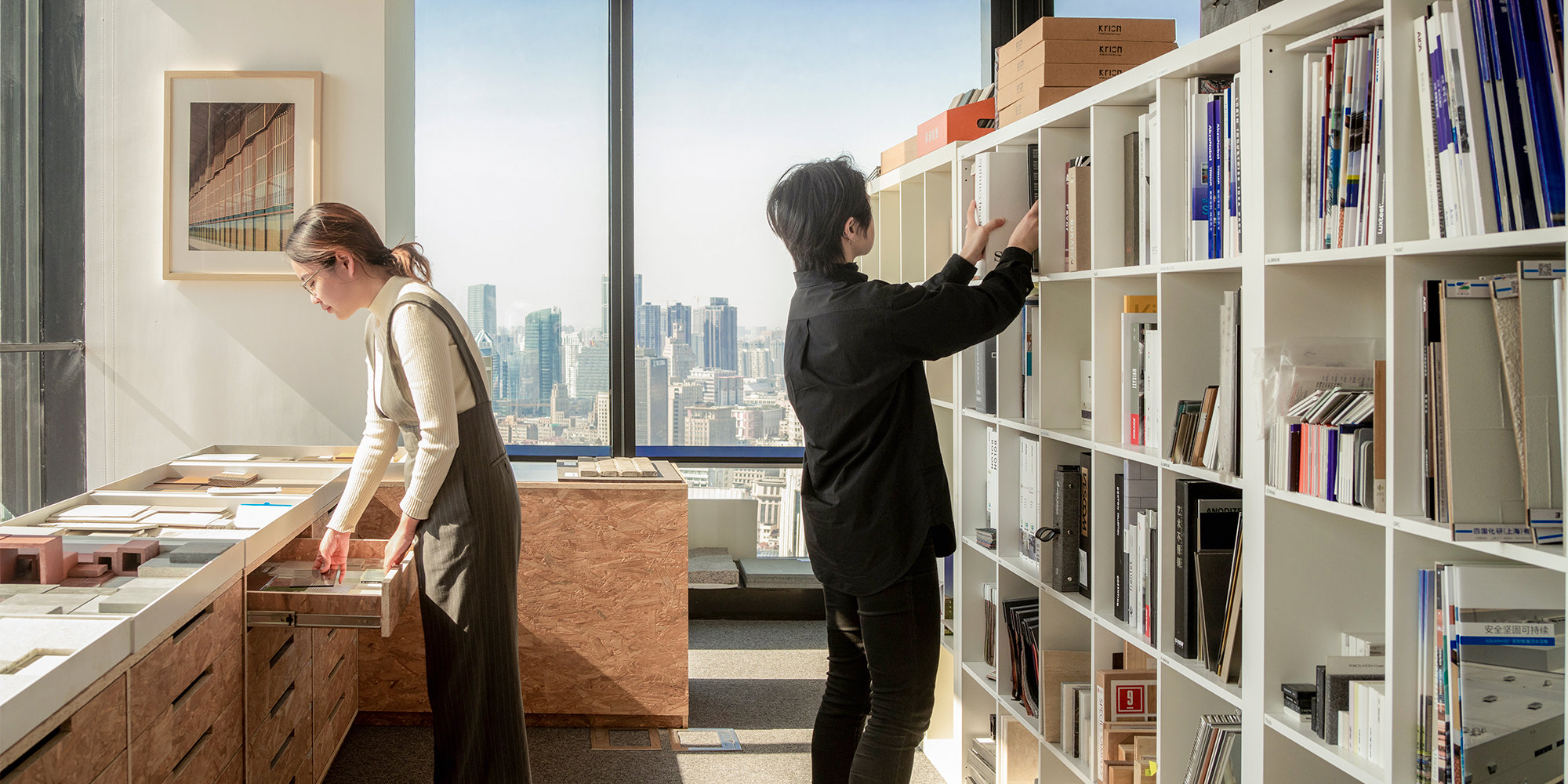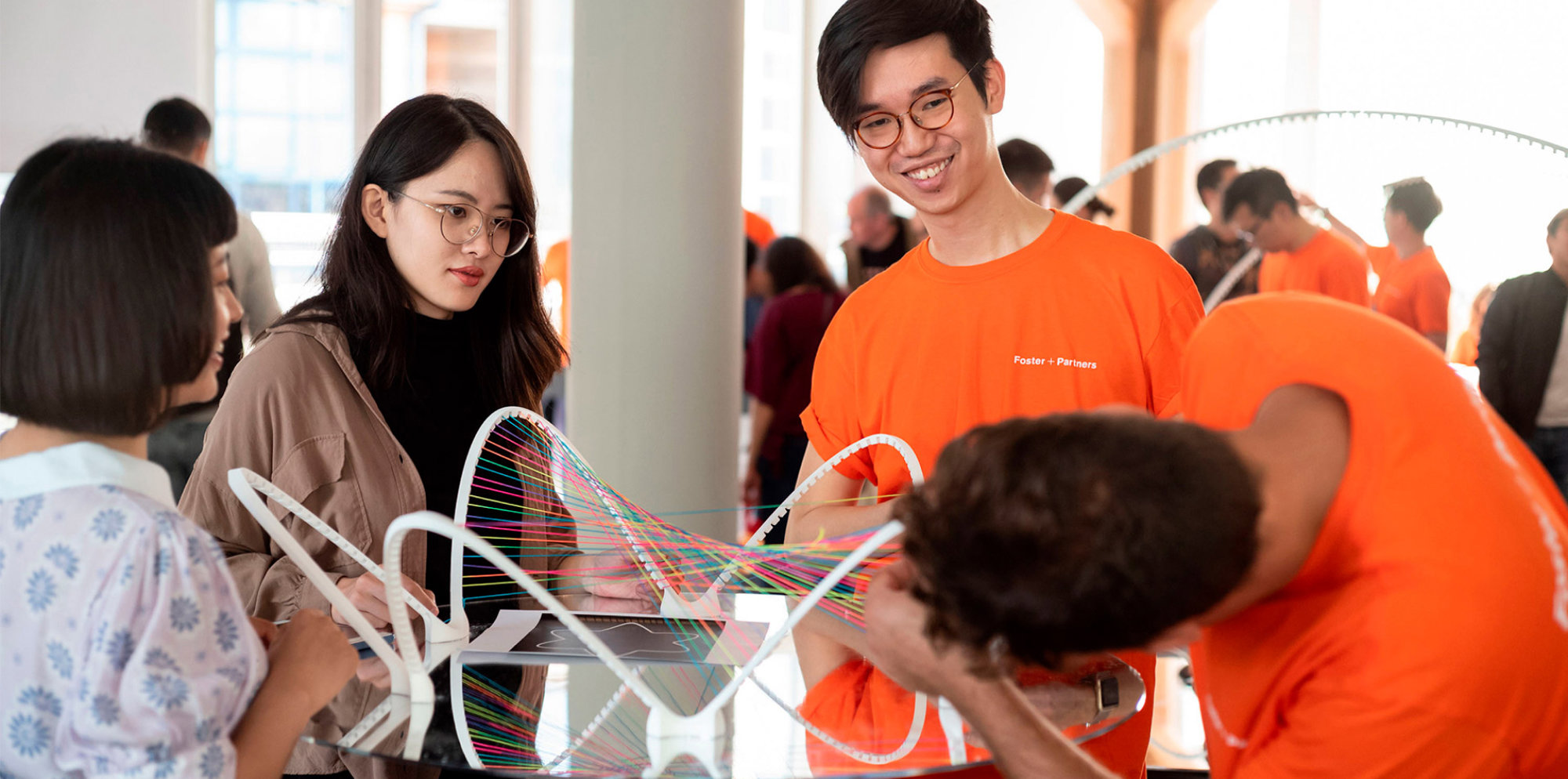The in-house BIM & Design Systems team at Foster + Partners is integral to the successful delivery of the practice’s projects, coordinating information across disciplines, to allow for seamless collaboration between architects, engineers, consultants, contractors and clients.
Over the years, the practice has constantly evolved its BIM methodology. From writing our own software to using the latest BIM enabling software technologies, our methods have allowed us to execute complex projects, delivering BIM data, and performing detailed model analysis to optimise the performance of our buildings.
Working closely with the design teams, the BIM & Design Systems team create a single source of truth for a project, meaning that one digital representation of a design – with its associated information and metadata – is always readily available. The team acts as the guardian of this digital model, making sure all of the information remains coordinated and consistent.
BIM allows for greater project insights for cost, schedule and constructability, while helping the design process to run faster and more smoothly. It is also used to enhance the design process, allowing teams to incorporate accurate products and materials, automate processes, produce 3D-printed physical models, and showcase their designs using virtual reality (VR).
Crucially, Foster + Partners is also harnessing the power of BIM to mitigate environmental impact. This is particularly important during the early design stages, when computational data-driven optimisation and embodied carbon workflows are used to analyse different options and make informed choices in an expeditated way. For example, the difference between building in concrete or steel – and the implications this will have on a project’s embodied carbon – can be assessed within a day.
The practice also has designated BIM coordinators within its in-house sustainability team, who work closely with a project team to extract information from the BIM models. Once the extraction process is complete, the information is formatted to create a sustainability score card. This tangible way of benchmarking allows for consistent comparisons between different design options, as well as other projects within the practice.
Learn more about a selection of the practice’s projects, which have been designed using BIM methodologies:
